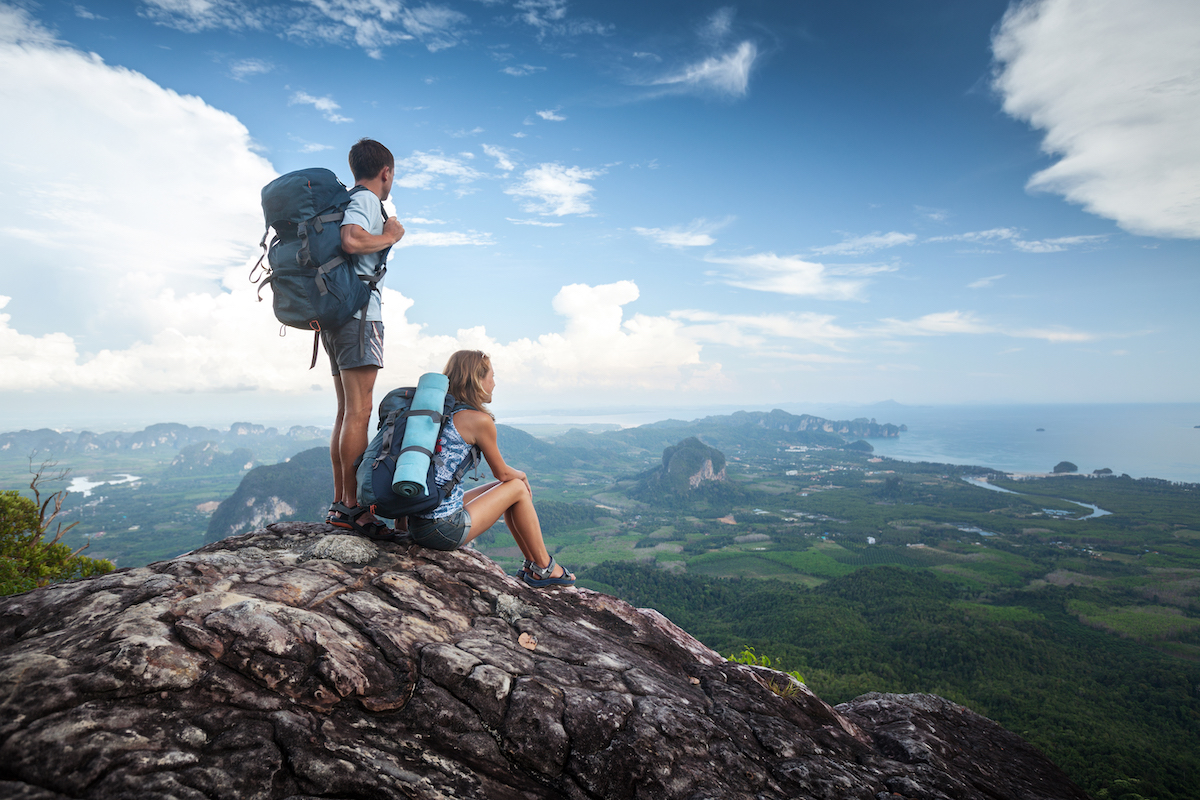

Altitude sickness is no joke. In most cases, you’ll just feel hungover, but in more severe cases, you could also drown in your own bodily fluids or die from brain swelling. While some people can adjust to changes in altitude quicker than others, everyone is at risk of getting acute mountain sickness, or AMS. It raises the question: how do you acclimate to higher altitudes?
Videos by Outdoors with Bear Grylls
“There’s very little you can do to get ready for altitude other than exposing yourself to higher altitudes,” said Howard J. Donner, a medical doctor and co-author of The Field Guide to Wilderness Medicine, in a video. Donner added that if you’re in good cardiovascular shape, you might perform better at higher altitudes, but it won’t necessarily help you acclimate.
“Some people tend to do really well at altitude and that’s based on a number of variables, including something called hypoxic ventilatory response — how fast people breathe — and a host of other issues,” Donner said. “The bottom line is some people do well at altitude (and) some people don’t.”
Donner said you could help prepare your body by using a pressurized chamber or an altitude tent, or you can simply spend time at higher altitudes before arriving at your destination. He added that the easiest way to acclimate and hopefully prevent severe cases of altitude sickness is to start your trip off with a rest day or two rather than immediately hitting the slopes or climbing a mountain.
According to the Centers for Disease Control (CDC), the higher up you go, there’s less oxygen available, so your body adjusts by creating more red blood cells, which deliver more oxygen to your body. It takes time for your body to make that adjustment.
The CDC explains that people are most at risk of dying from altitude sickness if they hike 11,400 feet above sea level in a single day. The agency recommends if you’re climbing higher than 9,200 feet, you should gradually increase elevation by about 1,600 feet per day and sleep at that elevation as well.









